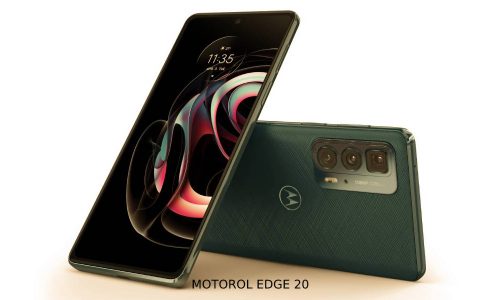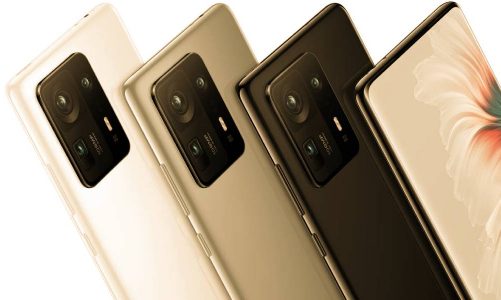Apple is working on what could be a revolution for its most popular devices: miniaturization of components for a bigger battery. For several years, the real Achilles heel of iPhones has been the battery. It was a challenge to find some Apple customers who were happy with the autonomy of their iPhone, and the dozens of users with iPhones crowded near the charging stations (airports, for example), all queuing with a few percentage points of charge left.
In short, it was unlikely that anyone would choose an iPhone as a daily companion of adventures without the company of a power bank that could guarantee the afternoon appointment with recharging. Then the iPhones of the Plus series, followed by the latest generations, have mitigated the problem thanks to larger sizes, more efficient chips, and higher capacity batteries. Despite the fact that now the number of Apple customers has grown considerably with iPhone, iPad, and MacBook able to obtain sufficient autonomy, in Cupertino, they would be thinking of a definitive solution to a problem that still afflicts some, especially customers of smaller products such as iPhone 12 mini.
Apple Miniaturized Components For More Battery
According to information obtained by DigiTimes, Apple is working on using miniaturized components for the next generations of iPhones, iPods, and MacBooks. It is intuitive to understand how this move can positively affect autonomy: the lower the volume occupied by the components, the greater can be available to the battery.
A physically larger battery intuitively guarantees greater autonomy. The source says that “the chips for the iPhone, iPad, and MacBook are shrinking in size while ensuring greater performance; thus, space is saved for higher capacity batteries.”
TSMC (which has been collaborating with Apple for years) and Amkor would be dealing with the realization of the new miniaturized components, called IPD Integrated Passive Devices. There is no official news on the timing of the arrival of the IPD components yet. Still, it is said that Apple has already given the green light to TSMC for a new generation of IPDs to be used on future iterations of the iPhone, iPad, and MacBook.
If that meant mass production would already have started, there would be some chance of seeing them already on the iPhone 14s of 2022 or next year’s lineup of iPods and MacBooks, or at the latest in 2023.
iPhones Could Have Reference Ranges
In this way, Apple could finally push as much as the Android competition on the capacity of its batteries. For example, on the iPhone 12 and 12 Pro, which are not particularly small smartphones, there are 2,815 mAh batteries. An Android device of the same size can easily accommodate 4,000 mAh batteries (there are real 15,000 mAh battery monsters. ).
It would be a great thing for Apple and its customers, given that despite the reduced battery capacity of the iPhone 12 and 12 Pro, thanks to excellent software optimization and the energy management of the A14 Bionic chips, the two smartphones still manage to ensure sufficient autonomy for many to “close” the day. With the same hardware, an iPhone 12 with a 3,500 or 4,000 mAh battery could have a range of other times.
Also Read: When Will We See The First Foldable iPhone?



